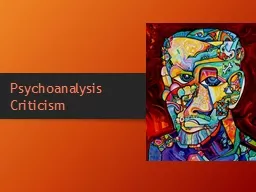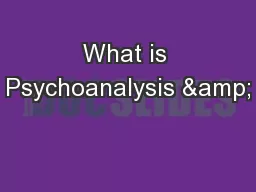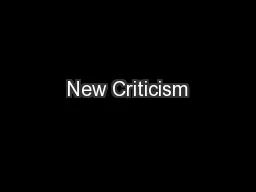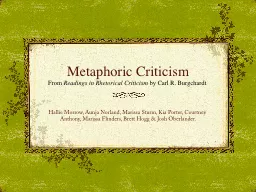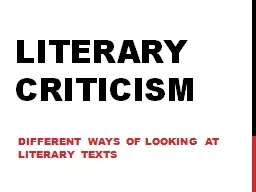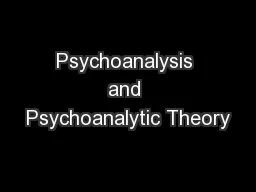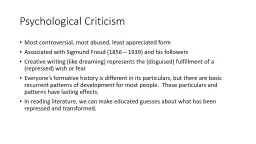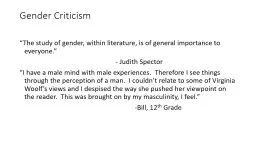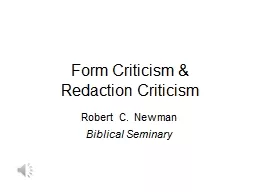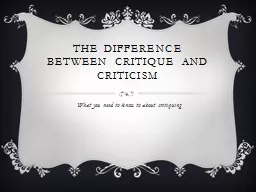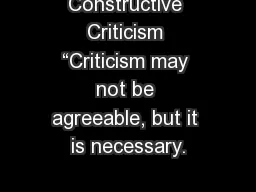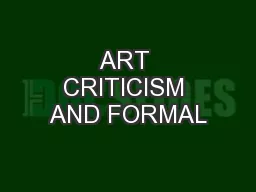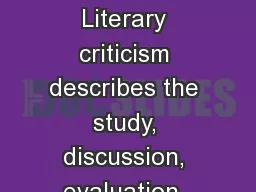PPT-Psychoanalysis Criticism
Author : mitsue-stanley | Published Date : 2016-06-24
Sigmund Freud 1856 1939 Austrian psychiatrist and founder of psychoanalysis Dreams The unconscious activities of our mind Sexual desires Guilt FEAR Shameful
Presentation Embed Code
Download Presentation
Download Presentation The PPT/PDF document "Psychoanalysis Criticism" is the property of its rightful owner. Permission is granted to download and print the materials on this website for personal, non-commercial use only, and to display it on your personal computer provided you do not modify the materials and that you retain all copyright notices contained in the materials. By downloading content from our website, you accept the terms of this agreement.
Psychoanalysis Criticism: Transcript
Download Rules Of Document
"Psychoanalysis Criticism"The content belongs to its owner. You may download and print it for personal use, without modification, and keep all copyright notices. By downloading, you agree to these terms.
Related Documents

